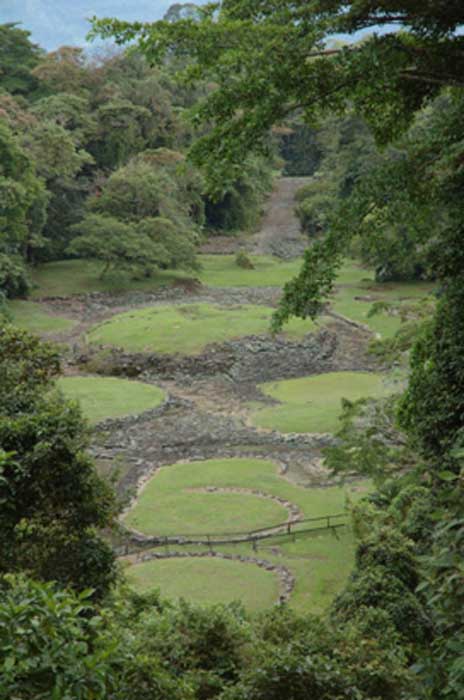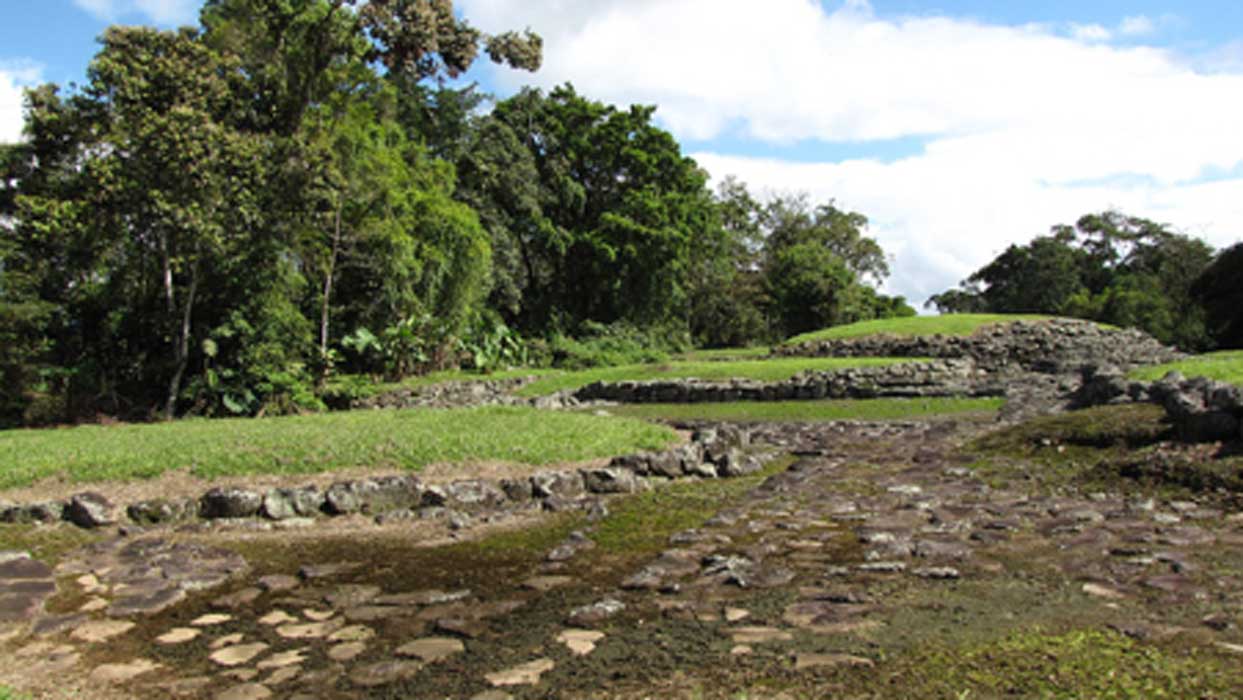Ingenious Abandoned Jungle City of Guayabo de Turrialba in Costa Rica
South and Central America have many amazing archaeological sites, some of which were left behind by pre-Columbian peoples and cultures who left no written records. One of the most significant sites in Costa Rica is Guayabo de Turrialba. This mysterious city in the jungle was declared a National Monument in 1973, protected for future generations and further archeological exploration. In 2009 it was recognized by the American Engineering Society as an International Historic Civil Engineering Landmark.
The Known History of Guayabo De Turrialba
Since the people who built the amazing city of Guayabo de Turrialba left no documentary evidence, we do not know what they were called, but thanks to archeologists who have studied this site, there have been numerous fascinating finds. These have helped researchers to establish some facts about the mysterious builders of Guayabo de Turrialba.

Guayabo de Turrialba monument covers 540 acres, but only a small portion has been uncovered. CC BY 2.0
It is believed that the location was first inhabited in around 1000 BC, about the same time as Jerusalem was founded. Based on a survey of the city, it was at its peak in the 9 th century AD and it is believed that some 10,000 people resided here. It appears to have been a major regional administrative, political, cultural, and religious center. Based on the many finds of agricultural tools, the society was based on farming.
There is no evidence that it was a war-like society that practiced human sacrifice like its neighbors to the north, such as the Maya and the Aztecs.
The many great monuments that have been found at Guayabo de Turrialba indicate that it was a hierarchical society, ruled by chieftains or caciques. They would have been authority figures who could command a large number of people to build the monuments found at the site.
For reasons unknown, it was abandoned by 1400 AD, before colonization. Certainly, the Spanish Conquistadors left no records of the city, and it was forgotten, left to be concealed by the tropical jungle. It was only in the 19 th century that it was re-discovered and has since then been extensively investigated by archaeologists, although only a small area has been excavated.

Representation of the circular homes on stone foundation. (Axxis10 / CC BY-SA 4.0)
The Unique Monuments and Genius Engineering
There are many impressive stone platforms at the site. The largest measures 76 feet (28m) in diameter and stands 9 feet (2.76m) high. The smaller mounds were once topped by conical wooden constructions, that would have been used either as temples or homes for the elite.
A cobbled road connecting the settlement led to the biggest stone platform, known as the ‘Central Mound’ which has been restored in recent years. The heart of the city is dominated by this large rectangular platform which was accessed by a stone staircase and may have been used in ceremonies and expressions of power. Along the road, leading into the plaza, are two structures, built in a ‘figure of eight’ which are unique to Costa Rica. Their purpose was either to protect the central plaza or to store goods.
- Giant Stone Spheres of Costa Rica
- The Lost Knowledge of the Ancients: Were Humans the First?
- The Lost City of Dur-Sharrukin – The Capital That Never Was

Amphibian petroglyph found at Guayabo de Turrialba, Costa Rica. (Axxis10 / CC BY-SA 4.0)
Unlike Mesoamerican cultures, the many tombs found at the archaeological site did not contain golden burial goods. While many relics and artifacts found in the city, such as ornate grinding stones and pottery, are now on display in the National Museum in San Jose, pictographs carved on rocks remain at Guayabo de Turrialba. These images of amphibians and other animals may have had some religious or cultural significance.
Evidence remains of a sophisticated hydrological system which directed fresh water into several stone tanks with drainage to prevent flooding. Numerous stone circles may have been the foundations of family homes.

Fresh water capture tank built at Guayabo de Turrialba (Gould, A/ CC BY-NC 2.0)
Exploring This National Treasure
Guayabo is situated near the attractive town of Turrialba on the slope of the extinct Turrialba volcano, a two-hour journey from the capital of San Jose. An admission fee is payable on entry and guided tours are available, although the monuments are all sign-posted.
Hotels near Guayabo, as well as a camping park, are available and visitors to the area can enjoy a day out to the butterfly farm near the city.
Top image: Guayabo Monument, Costa Rica Source: Maertens, L / CC BY-SA 3.0
By Ed Whelan
References
Fonseca, O. (1981). Guayabo de Turrialba and its Significance. Between Continents/Between Seas: Pre-Columbian Art of Costa Rica, Abrams, New York, 104-112
Available at: https://antharky.ucalgary.ca/caadb/sites/antharky.ucalgary.ca.caadb/files/Fonseca_Zamora_1981.pdf
Alvarado, G. E., & Soto, G. J. (2008). Volcanoes in the pre-Columbian life, legend, and archaeology of Costa Rica (Central America). Journal of volcanology and geothermal research, 176(3), 356-362
Available at: https://www.sciencedirect.com/science/article/abs/pii/S0377027308001868
Frost, R. J. (2009). The Ancestors above, the People below: cemeteries, landscape and dual organization in late Pre-Columbian Costa Rica
Available at: https://antharky.ucalgary.ca/caadb/sites/antharky.ucalgary.ca.caadb/files/Frost_2009.pdf




















Comments
Turrialba Volcano may be ancient but it continues to erupt to this day.
Lee H